RGB Mini LED vs Mini LED vs QD-OLED: Why this new tech is a game-changer
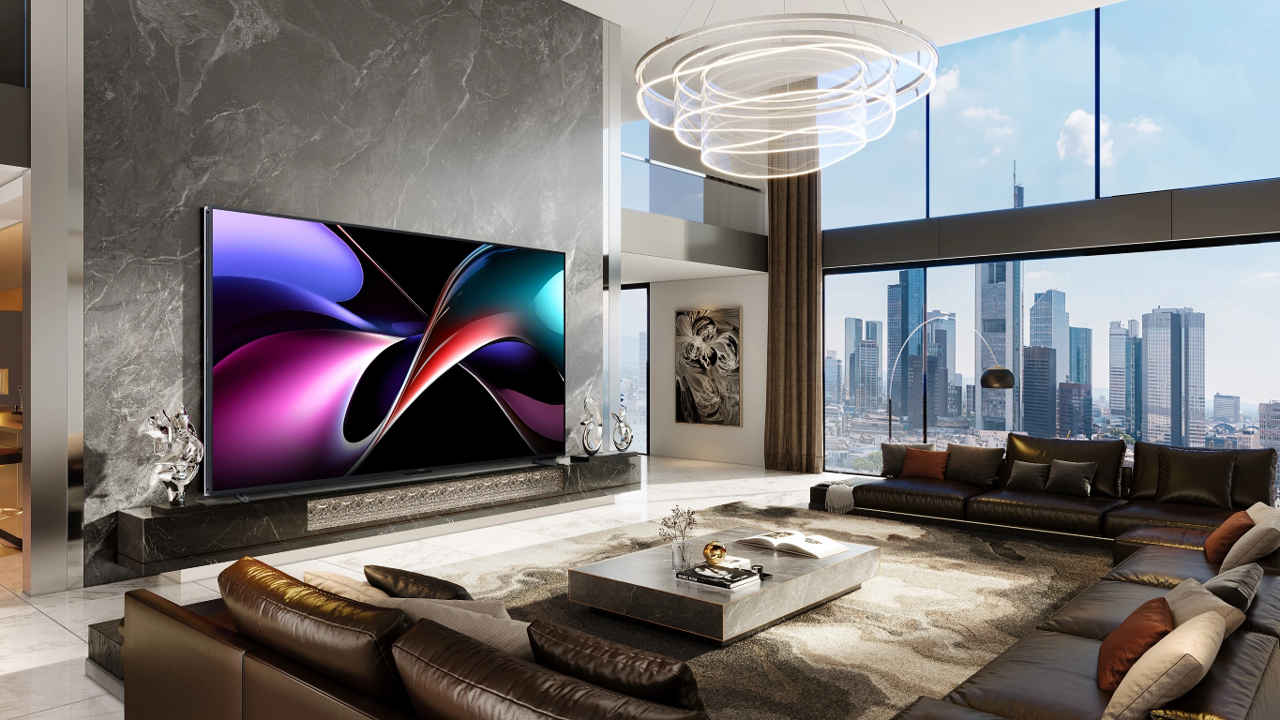
One of the most exciting TV technologies showcased at CES 2025 was RGB mini LED displays. Major TV manufacturers like Hisense, Samsung, TCL and now Sony have unveiled their latest TVs, showcasing the potential of this technology to overcome the limitations of LCD TVs and bring them closer to OLED performance.
 Survey
SurveyThese LCD-based TVs use all three colour LEDs in the backlight which enables them to deliver significantly wider colour gamut, brightness and contrast while entailing several other benefits. Hisense and Samsung are expected to be the first to bring RGB mini LED TVs where the latter will use a slightly deceptive “ RGB Micro LED” branding. Let’s discuss what the fuss is all about and why you should be excited.
How RGB Mini LED TVs are different from regular Mini LED TVs
Traditional Mini-LED TVs rely on a backlight composed of thousands of tiny blue LEDs. This light passes through a layer of quantum dots and colour filters to produce the colours you see on the screen. In fact, even the most advanced QD-OLED TVs use a similar approach with Blue OLED lights as the primary light source and then convert the output to Red and Green using Quantum Dot colour conversion. While this approach has yielded significant improvements in picture quality, it still involves some inherent limitations in colour accuracy and light loss due to the filtering and conversion process.
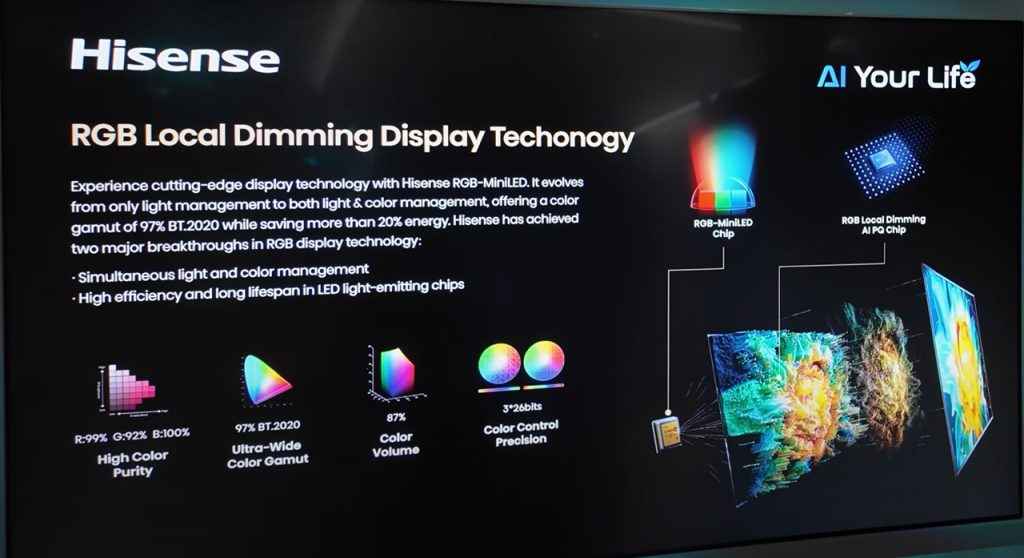
RGB mini LED TVs elegantly improve colour performance by incorporating red, green, and blue LEDs within each pixel. This allows these displays to generate precise colours at the source, bypassing the need for extensive filtering. This architectural change represents a fundamental rethinking of how TVs create the images we see.
Also check: 8 Different Types of OLED Display Technologies You Should Know About
RGB Mini LED advantages and disadvantages
Key advantages of RGB Mini LED displays include:
Higher brightness – Since no colour conversion is needed, these TVs can achieve relatively higher brightness as compared to regular Mini LED TVs, what to say of OLEDs. Hisense 116x with RGB Mini LED Technology claims a staggering 10,000 nits of peak brightness!
RGB Dimming – Another key advantage is that the RGB Mini LED TVs can use individual dimming for Red, Green and Blue colours. While this sounds quite complex and will require a lot more processing power, it could also significantly enhance the contrast on mini LED TVs.
Wider colour gamut – The use of purer colour wavelengths helps RGB mini LED TVs achieve a wider colour gamut. Hisense claimed 97% BT2020 colour gamut coverage, which is significantly higher than regular mini LED. In comparison, the Sony Bravia 9, which is one of the best Mini LED TVs of 2024, can achieve roughly 77% of the BT2020 coverage.
Power efficiency – Since only the LEDs of the required colour need to be powered on, these displays will also be more power efficient. Hisense and Samsung claim up to 20% and 30% power efficiency compared to regular mini LED TVs, respectively.
Easy on eyes – In addition to its visual benefits, RGB backlighting offers potential eye health advantages. By controlling the blue light wavelength independently, it can reduce harmful blue light emissions by up to 40%, making it more comfortable to watch, especially during those late-night movie marathons.
It’s hard to say the disadvantages of RGB mini LED displays at this point, but we expect the technology to be expensive. We’d also like to see how successfully the complex tri-colour local dimming is managed.
How do RGB Mini LEDs compare to QD-OLED TVs?
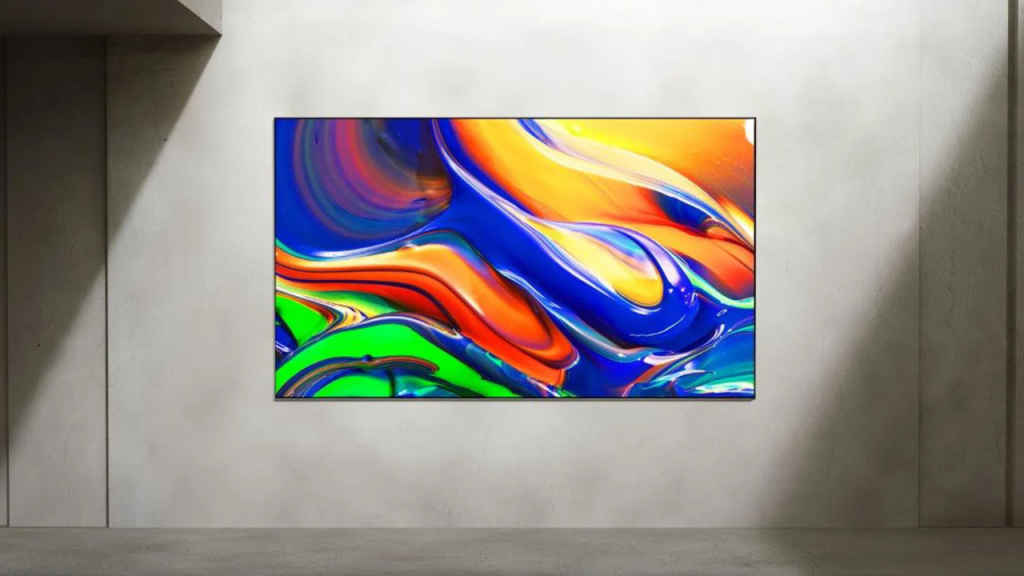
It would be interesting to see how well the RGB mini LED displays compare to Quantum Dot OLED or QD-OLED displays, which are currently considered the best-performing TV display technology. QD-OLED panels use Quantum dots for colour conversion instead of colour filter which results in higher quantum efficiency. In other words, these displays can achieve brighter red, blue and green along with pixel-level light control for spectacular contrast.
Also Read: Sony Bravia 9 Mini LED TV Review
Hisense claimed a colour gamut of 97% of BT.2020, 6% better than QD-OLED. Additionally, Hisense says their displays have an 87% colour volume, which is essentially how well the display can maintain those colours at different brightness levels. That’s 3% better than QD-OLED in this regard. These numbers should not mean much in practical terms.
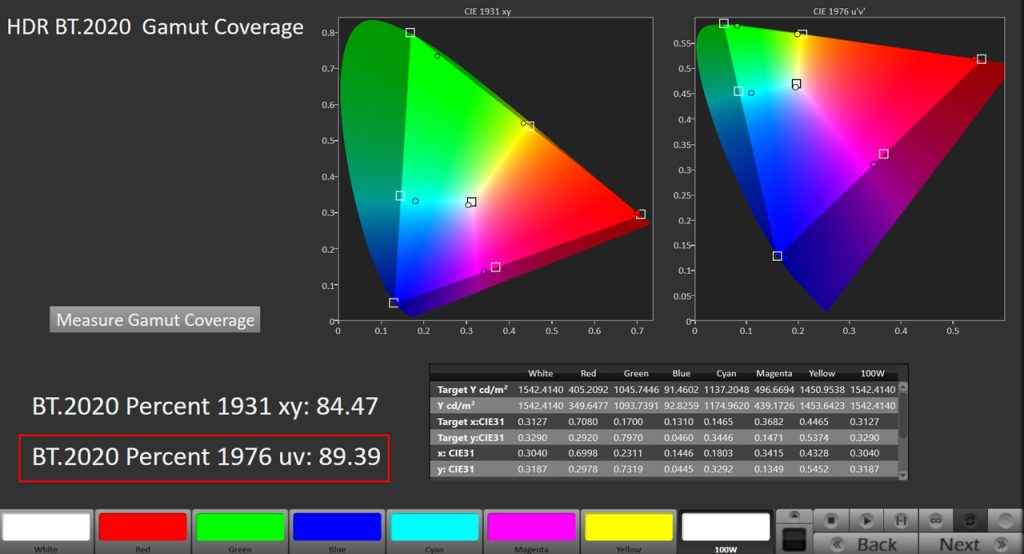
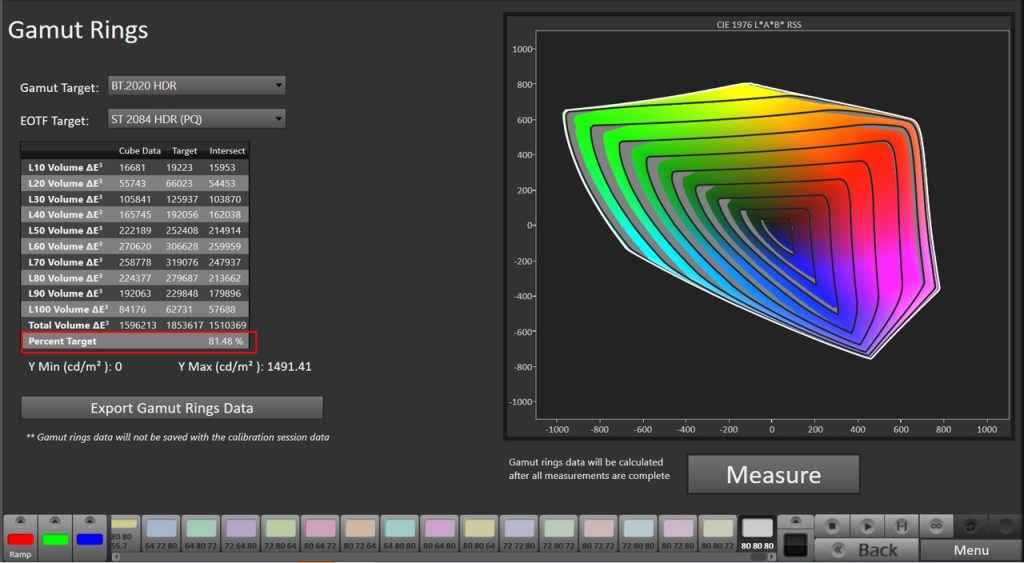
So, how is Hisense able to pull off better colour performance? According to DSCC, a narrower green spectrum is a key reason for improvement in colour performance.
In technical terms, Hisense has achieved a full-width half maximum (FWHM) of 22 nanometers (nm) for green light. FWHM is a way to measure how “pure” or precise a colour is. the smaller the band, the more accurate the colour. For comparison, quantum dot technology (used in QD-OLED displays) has a green FWHM of 30nm, which means Hisense’s green light spectrum is sharper and more refined.
When Will RGB Mini LED TVs be available?
Hisense 116x is the most market-ready RGB mini LED TV that is expected to debut in late 2025. Samsung calls its TVs based on the same technology as RGB Micro LED claiming that they utilize smaller LEDs than Hisense’s RGB Mini-LED, potentially allowing for even greater precision and brightness. TCL also showcased its RGB mini LED TV at CES and the same is expected to debut in 2026.
More recently, Sony also showcased its RGB Mini LED technology but didn’t specify when it would be available to consumers.
| Brand | Model | Screen Size | Peak Brightness | Colour Gamut | Availability | Estimated Price |
|---|---|---|---|---|---|---|
| Hisense | 116UX | 116-inch | 10,000 nits | 97% BT.2020 | Late 2025 | £20,000 |
| Samsung | Unknown | 75, 85-inch (4K), 98-inch (8K) | Not specified | Not specified | Late 2025 | Not specified |
| TCL | Unknown | Not specified | Not specified | Not specified | 2026 | Not specified |
Deepak Singh
Deepak is Editor at Digit. He is passionate about technology and has been keeping an eye on emerging technology trends for nearly a decade. When he is not working, he likes to read and to spend quality time with his family. View Full Profile